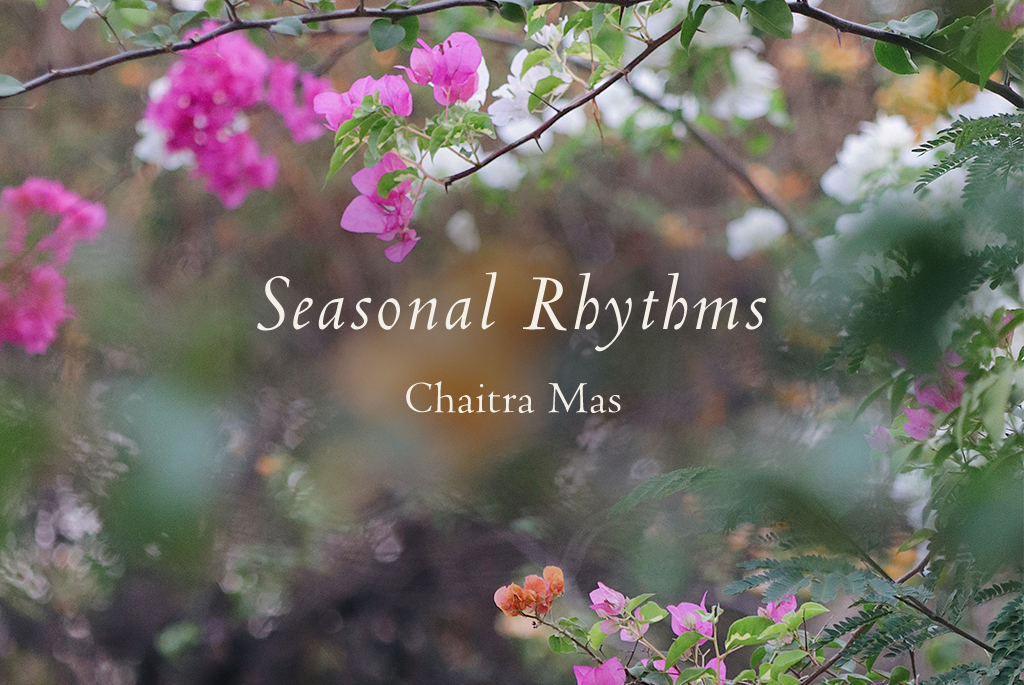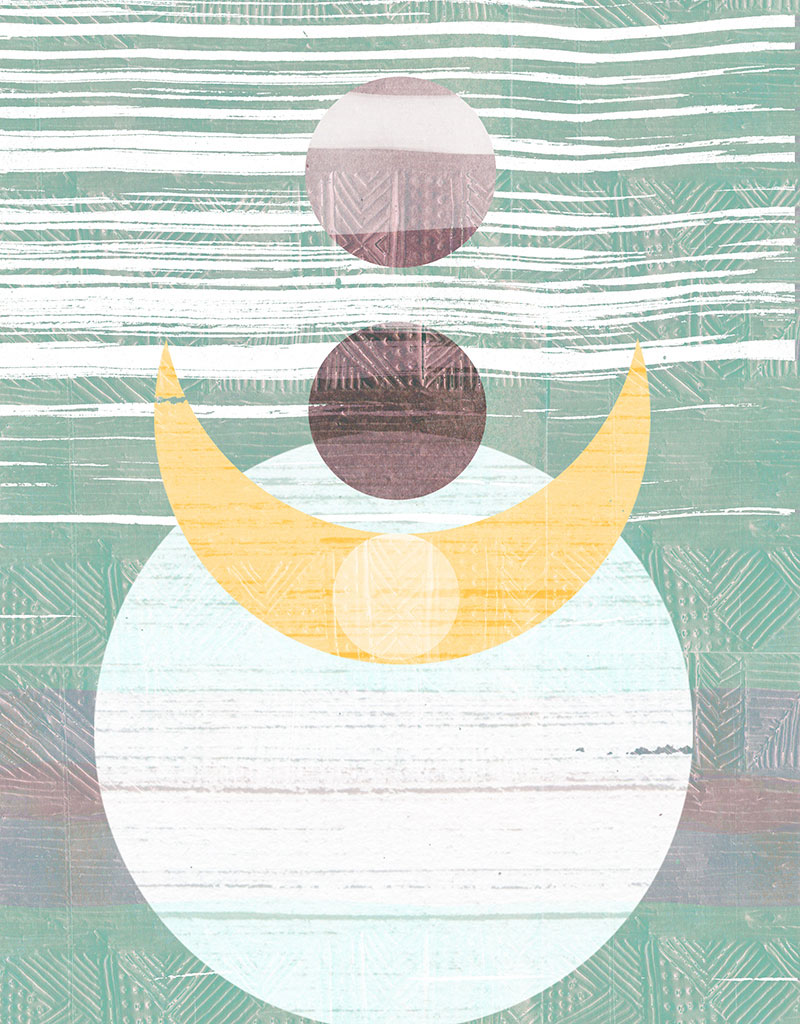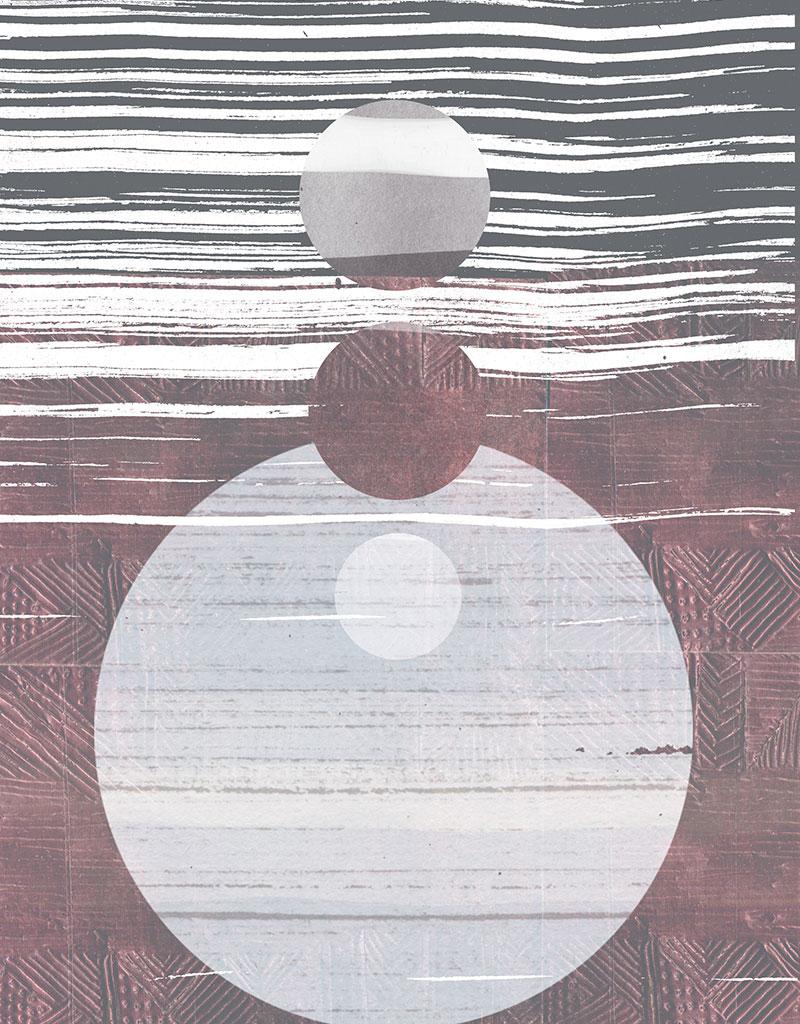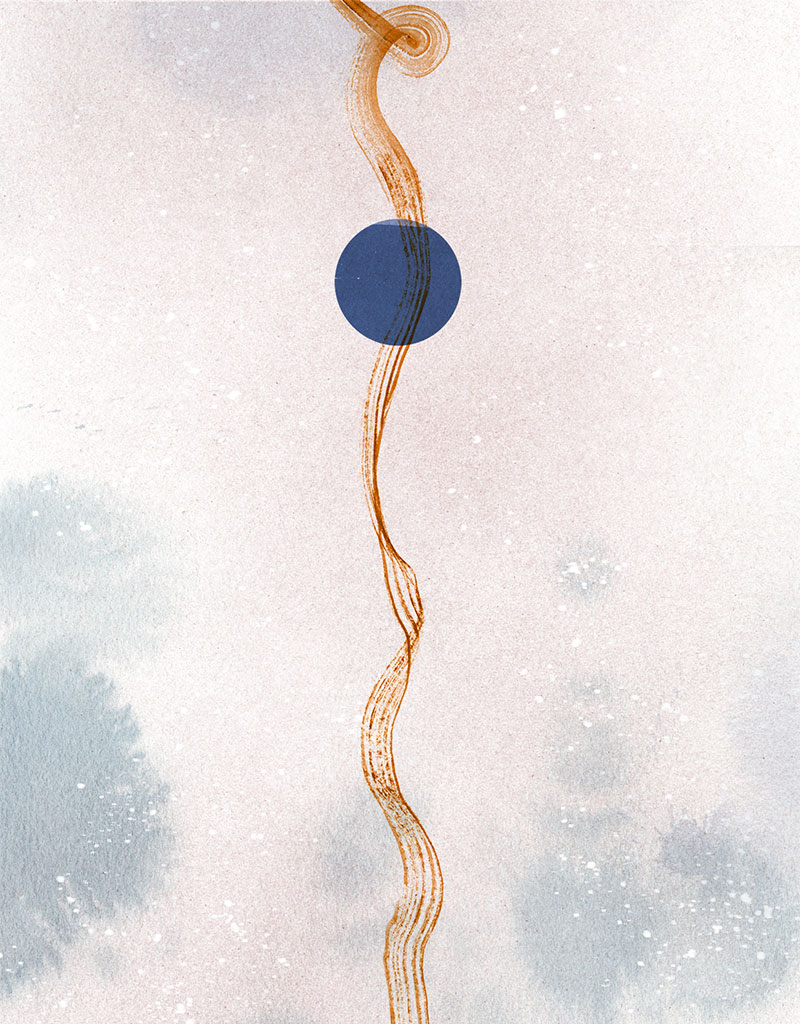Nilakshi Sharma

I am the Soul in the body, the Mind in the senses… and of the seasons, I am Spring.
Shri Krishna, Bhagavad Gita
Basant rtu, the season of beauty, blooming flowers and love arrives with the start of Chaitra mas. The festival of colours – Holi, that signals the end of one samvatsara (annual year) is but a precursor for the riotous beauty of Basant rtu. Seen as the season of fresh beginnings, Spring is the season of renewal, when the earth finally sheds off the last lingering vestiges of its winter hibernation and bursts forth in a frenzy of delight and beauty. Across the subcontinent the arrival of Basant rtu is celebrated with a variety of tribal and regional festivals such as Pankuni (Panguni Uthiram) in Tamil Nadu, Shigmo in the Goa region. Of all of these, Holi, is of course, the most widely known and celebrated.
Spring or Basant has been called the King of the six seasons. In the Bhagavad Gita, Lord Vishnu shows his true self to Arjuna and describes some of his attributes and qualities. And thus he says: “I am the Soul in the body, the Mind in the senses… and of the seasons, I am Spring”.
Centuries later, the most celebrated Sanskrit poet Kalidasa, describes Basant rtu in his epic Mahakavya Ritusamharam thus, “Basanta is also the season when cuckoos sing in indistinct notes; the bees hum intoxicating sweet sounds; and the travellers separated from their lovers lament.
Kama the god of love who wages a war, as it were, on those in love, fashions his arrows from the mango blossom; his bow from the kimsukha flower; the bowstring from a row of bees. His parasol is the moon; and he wafts the gentle breeze from the Malaya mountain whose bards are the cuckoos.”
The bond between Basant and Kama (the god of love) is such that where one goes, the other follows and thus, Basant rtu is naturally the season of love and desire, where Kama presides over the hearts and minds of all living beings in nature.
But along with desire and delight, Basant rtu is also the season of movement – there is a constant sense of a balmy breeze, the bees buzz and hum as they feast on the riot of flowers, the leaves rustle in a gentle susurration, the brooks babble and the streams and rivers rush with the renewal of glacial snow melts. Nothing seems to be still or slow in this season of renewal. Even the earth is busy with sending forth new shoots of green everywhere.
Spring Cleanse
Basant rtu is the season of renewal and freshness in both nature and our bodies. And this is why all around the world there was a tradition of Spring cleaning. But this too is meant for both, our homes and our bodies.
Just as Spring brings about a thaw in the snow, resulting in the spring melt that rejuvenates our rivers, so too in the body there is a thawing of sorts as the winter accumulation of Kapha in the body starts to liquefy. This coupled with the abundance of pollen and fragrance and dust in the environment can also result in a flare-up of allergy and hay fever.
Dr Vasant Lad, Ayurvedic doctor and practitioner, lists the qualities of Basanta rtu as “warm, moist, gentle and unctuous” and recommends following the Ayurvedic practices of cleansing and gently detoxifying the body in Chaitra mas so that we can keep our doshas in balance and thus our bodies in good health.
- Tastes: Avoid food that is Sour, Sweet and Salty as they provoke Kapha. Include Bitter, Astringent and Pungent tasting foods.
- Dr Lad recommends drinking a tisane of Ginger, Black Pepper & Cinnamon after each meal in this season. This will nurture and strengthen the digestive fire.
Cumin, Coriander & Fennel Tea: Steep 1/3 teaspoon of each in cup of hot water for 10 minutes and then strain and drink. This is a gentle but effective decoction that supports digestive health and enhances gut health.
- Take up an exercise practice and adhere to it.
Festivities of Basant
The season of Basant is also a time of harvest festivals, which acknowledge and celebrate the abundance of the earth. The colourful festival of Baisakhi is celebrated in Punjab on April 14 while the Poila Boishaak or Nobo Borsho celebrations on April 15 will usher in the new year in the traditional Bengal calendar. In Tamil Nadu the new year’s beginning will be marked by the festival of Puthandu on April 14. Kanni or the ritual of ‘auspicious sight’ is a traditional celebration on this day. Seeing abundance first thing in the morning on the day of Puthandu is believed to bring good luck and prosperity. Thus, a tray laden with fruits, jewellery, flowers, betel leaves, and a mirror is prepared the night before and is meant to be viewed by the family members the next morning.
Vishu, the Malayali festival also has a similar ritual of ‘auspicious sight’ or Vishukanni, which this year will be celebrated on April 14. Simultaneously in Assam the Bohag Bihu celebrations will start on the same day. This seven-day-long festival from April 14 to April 20 honours the earth, acknowledging her gift of abundance that nourishes and feeds us all. Cattle too are ritually honoured. But the most famous part of these celebrations is the beauty of the Bihu dance, which is a part and parcel of the feasts and community celebrations that characterise Bohag Bihu. It is said that the Bihu dance celebrates the season of fertility for both the body and the land.
In Maharashtra and amongst the Konkani community it is the festivities of Gudi Padwa that usher in the new year and celebrate the season of Spring. In North India the first of the year’s two Navratri also start on the same day – April 9. Traditionally these are observed as nine days of fasting and or at least a restricted diet. But perhaps the most delicious of all the spring rituals is the tradition of serving Ugadi Pachadi in parts of Karnataka, Andhra Pradesh and Telangana, as a part of the harvest celebrations that also usher in the new year. This is a dish made with Jaggery, raw Mango, Tamarind, Neem flowers, Salt and green Chilli; comprising all the six flavours; Sweet, Sour, Salty, Bitter, Pungent and Astringent mentioned in Ayurveda. It is thought that this dish with all the six flavours of food signifies the different seasons and phases of life.
A long time ago, Chaitra, the first month of the ‘king of all seasons’ was also known by the name Madhu, a term that in Hindi refers to sweetness and Honey. And indeed Chaitra mas offers us the sweetness and delight of all that nature has to offer. May this time of balmy breezes and fragrant flowers, of drowsing bees and chirping birds, of new growth and beauty offer you the renewal of vigour and hope.





